The Radical Act of Opening a Brewery as a Native American
Many associate beer and spirits with disease and colonialism.
Morgan Crisp listened in horror as members of the Eastern Band of Cherokee Indians lambasted her newly launched craft beer brand, 7 Clans.
Around 650 out of 14,000 active members had petitioned the tribal council to force the company to change its name and that of its flagship brew, MotherTown Blonde Ale. Both allude to origin tales about the birthplace of the Cherokee people, Kituwah, and their division into matriarchal lineages. Critics accused Crisp of dishonoring tribal ancestors by attaching sacred symbols to alcohol and seeking to open a brewpub on Cherokee lands.
“[Alcohol] caused much trauma to who our ancestors were,” Leah Wolfe, a lead-petitioner, told the council in April 2018. European colonizers had used booze to manipulate Cherokee into selling land and making bad business deals. Related problems led tribal elders to mandate abstinence and ban alcohol from what is now the federally recognized Qualla Boundary in 1830. Wolfe said she’d watched too many friends and family members struggle with alcoholism. She argued the tribe’s historical opposition to alcohol should supersede economics. Manufacturing booze on tribal lands was wrong, period.
The hostility blindsided Crisp.
“It was confusing, because this was my culture too,” says Crisp, who was born and raised within the tribe’s Qualla Boundary. Her father’s family had called the area home for generations. She’d spent eight years working for the Cherokee Preservation Foundation and owned a publishing company devoted to tribal history and culture. Crisp envisioned 7 Clans as a way to boost tourism, share stories about her heritage, and create positive tribal narratives around alcohol.
“These were people I’d grown up with and worked alongside, and they were smearing me in the most public way imaginable,” says Crisp, now 40. “First, I felt humiliated, then wronged, then very, very angry.”
Crisp’s experience wasn’t unique. Her situation exemplifies the hurdles faced by Native American craft-spirits makers.
In addition to the everyday challenges of starting a business, they face bias and limited access to capital. But the hardest part is that the people they hope will be their best customers and supporters—friends, family and neighbors—often see their dream as a betrayal of Native values.

While Crisp was angry and disappointed by the reaction at the tribal council, as well as other meetings that followed, she could understand the opposition to 7 Clans. After all, she’d spent her teens and early-20s feeling just as wary of alcohol as the rest of the tribe.
“If you’re a [Native person] of a certain age, I think you probably know that fear,” says Curtis Basina, 59, who founded the first Native American-owned distillery in the U.S. with his wife on private property within the Red Cliff Band of Lake Superior Chippewa reservation in 2018. “Alcohol has such a dubious history [among Native Americans].”
While there are instances of Native Americans seeking out alcohol from colonizers, as well as tribes avoiding alcohol entirely, contemporary scholars have compared the actions of European frontiersmen—who pushed hard liquor as a trade good—to Britain’s Opium Wars with China. Similar to how Britain waged two wars to overcome Chinese opposition to their aggressive sale of opium, colonizers encouraged hard drinking to ensure they could continually trade liquor for valuable Native goods such as furs. Along with the systemic poverty most tribes suffered in the wake of colonization, this led to higher rates of substance abuse, which in turn fueled “Drunken Indian” stereotypes.
And those scars are still around.

A retired state policeman, Basina was raised near the Red Cliff reservation, where his grandparents and other family members lived. Like Wolfe, the Cherokee petitioner, he witnessed the consequences of alcoholism firsthand.
“If you grew up watching people you love destroy their lives [through alcohol abuse], that can make it hard to be objective,” says Basina.
Further pressure came from racist scientific studies that claimed Native Americans were more susceptible to alcohol than other groups. Also, from outsiders’ depictions of reservations as slums overrun with irredeemable drunks.
“As a kid, you’re hearing people say you’re physiologically and genetically predisposed to alcoholism,” says Crisp. You see the disease’s effects around the community and “in the back of your mind it’s like, ‘One false move and that’s it, I’m a walking stereotype.’”
Basina was raised off-reservation by parents who more-or-less eschewed their Native identities. They enjoyed beer and wine with non-Native friends, but didn’t imbibe or mention alcohol around traditionalist family members. That discrepancy left him worried about drinking.
“I had fears I doubt ever crossed the minds of my [non-Native] friends,” says Basina. Namely, could taking a drink plunge him into an inescapable hell of substance abuse? Sure, his parents were fine. But what if it was like cancer and skipped a generation?
Crisp grew up in the Qualla Boundary in the 1980s and early ‘90s, and had similar worries.
“Back then, [the Boundary] was still super rural and there was a lot of poverty,” says Crisp. Economic opportunities were few, schools underfunded. Meanwhile, “the racism my [parents’ and grandparents’ generations] had to endure was unfathomable.”
Crisp’s grandfather told horror stories of walking to neighboring towns as a teenager. His curiosity about life beyond the Boundary was met with harassment and threats.
“Men would drive by and yell things like, ‘Dirty Indian, what happened, you go on a drunk and get lost?’” says Crisp. Others pelted him with beer bottles and trash. One aimed a pistol at his head and demanded he run along home to where he belonged.
Principal Chief Richard Sneed says these circumstances caused higher rates of depression, substance abuse, and obesity. Substantive change didn’t come until the arrival of Harrah’s Cherokee Casino Resort in 1997. Tribal leadership invested gaming revenues in better educational opportunities, counseling programs, healthcare, local businesses, and museums. They also created a local economy around ecotourism—the 56,000-acre Boundary borders the Great Smoky Mountains National Park, features numerous rivers, and sits at the southern terminus of the Blue Ridge Parkway.
“You can’t have severe poverty and truly be sovereign,” says Sneed, 51, who moved to the Boundary from New Jersey at age 14. To him, increased alcohol abuse was symptomatic of a deeper disorder. As the Eastern Band addressed poverty, “it was like this horrible cloud of despair that’d been hanging over our heads for centuries started to vanish.”
Regardless, Crisp didn’t take a drink until well into college. Like Basina, she was frightened by the specter of alcoholism. New perspective came while visiting breweries with friends in Asheville, North Carolina.
“They introduced me to the concept of drinking for taste,” says Crisp. In the world of her upbringing, people either abstained “or were raging alcoholics. There was no middle ground.”
Watching friends responsibly enjoy flights of craft beer was cathartic. She ventured sips of various brews, fell in love with the spectrum of flavors, and suffered no Hyde-like transformation. The experience marked the beginning of Crisp’s journey to become a craft brewer. It also led her to think deeply about Native fears around alcohol.
For non-Native friends, “having a drink wasn’t perceived as inherently life-threatening,” says Crisp. “I started examining this irrational belief I’d had where, if I drank one beer, I was doomed to spiral totally out of control.”
Crisp now likens those beliefs to a demonic superstition. Though intended to be protective, they cloud judgement and do more harm than good.
Sneed agrees. In a community suffering from higher rates of substance abuse—presently about 7.1 percent compared to 5.4 percent for the total U.S. population, according to the American Addiction Centers—the dangers of alcohol should be taken seriously. But increased education, counseling, and treatment options are proper solutions, not bans or stigma.

Curtis and Linda Basina weighed the moral implications of launching Copper Crow Distillery on a reservation in advance. On one hand, they worried about offending fellow Red Cliff Chippewa. On the other, they believed they had a higher purpose.
For starters, the endeavor was only made possible by the 2018 repeal of federal statutes banning distilleries on tribal lands. Curtis learned of the prohibitions while attending workshops at the American Distilling Institute two years before.
“That was such a slap in the face,” he says. The laws were based on centuries-old racist stereotypes. “The fact they were still around told me the whole ‘Drunken Indian’ nonsense was still alive and well. That made me want to do something to change that narrative.”
Hoping to preempt backlash, the couple shared the idea at tribal council meetings. Their pitch was similar to Crisp’s and focused on economic development.
The Red Cliff reservation rests on a rural Lake Superior peninsula within sight of the Apostle Islands. Scenic landscapes, ample protected lands, and recent national trends have fueled development around eco-tourism. Copper Crow’s high-end artisan spirits and tasting room would offer a new visitor experience while combating negative stereotypes and fears around Native Americans and alcohol.
“As absurd as it sounds, we wanted to prove you could have [a Native-owned distillery] selling spirits on a reservation and not start an apocalypse,” says Curtis. “We intended to show that, done right, craft-spirits businesses would strengthen tribal communities.”

But not everybody bought the pitch. “Some people were really confrontational,” says Linda. “They were like, ‘We can’t believe you’re even thinking of doing this here, it’s so disrespectful!’”
The couple responded by explaining the meaning of their business’s name. In Chippewa mythos, the crow is often depicted as a messenger that shows the way forward. Curtis argued, “It’s time for [Native people] to write our own narratives around alcohol. And it starts with setting positive examples within our own communities.”
The Basinas ultimately won the support they needed. By the close of 2018, the Red Cliff Chippewa had become the first U.S. tribe to make and sell distilled spirits on a reservation in nearly 200 years. Soon, even naysayers came to see the business as a welcome addition.
“At this point, I think we’ve all realized what a boon [Copper Crow] is for our community,” says Red Cliff Tribal Council Chairman, Richard Peterson.
The sight of Red Cliff members and tourists enjoying premium whey vodka made from local Wisconsin cheese on an outdoor patio, while enjoying music and food trucks, offers a stark alternative to the fears of alcoholism that have monopolized the narrative around Native Americans and liquor.
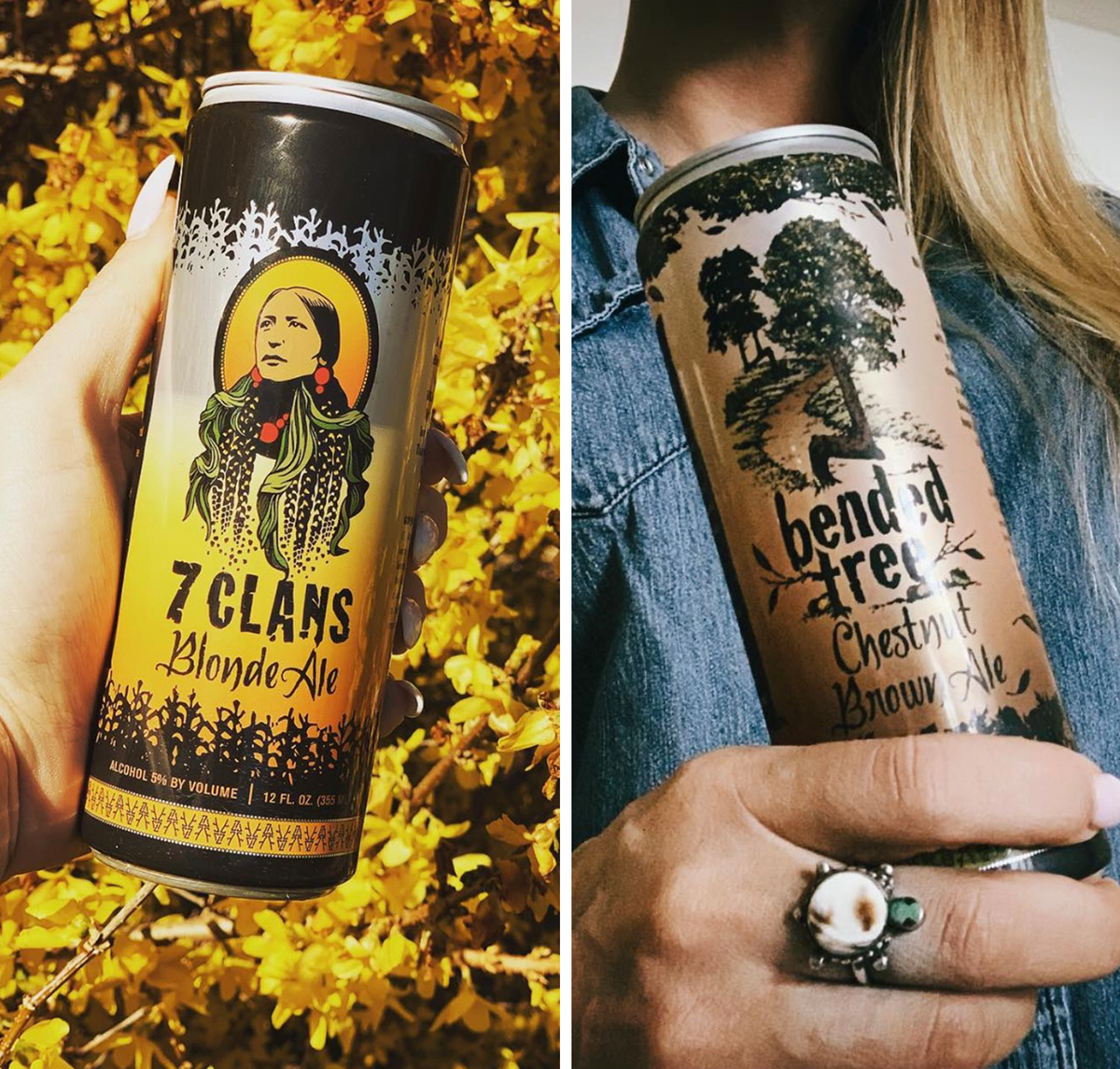
While community resistance ultimately led Crisp to headquarter her brewing facilities in a neighboring county, she and Sneed agree: Copper Crow is a powerful case study. Its success offers a template for adapting Native values and stories in the context of an alcohol-related business.
Detractors in the Eastern Band say, “‘Oh, alcohol wasn’t a part of Native American culture, so we shouldn’t go near it,’” says Crisp. Furthermore, some of the biggest names and institutions in Native foods, including the James Beard-winning chef and cookbook author Sean Sherman, who is also known as the Sioux Chef, do not use ingredients not present in the Americas before 1492.
But Crisp argues that Indigenous people of the Americas made fermented beverages for centuries before Europeans arrived. And most critics, she adds, “live in homes and work in businesses with electricity, plumbing, air conditioning, refrigerators. So, should we abandon those too?”
Crisp retains hopes of eventually opening a brewpub on Cherokee land. Sneed supported her original plans and says 7 Clans would complement the Boundary’s fishing, kayaking, hiking, and mountain-biking opportunities, including a recently opened, pro-grade bike park.
Sneed calls the idea of a Cherokee-owned brewery opening on Cherokee lands encouraging. He hopes the Eastern Band and other tribes will see how operations like the Basinas’ have benefitted their communities and say, “Okay, this is safe, this is innovative, it’s time to embrace these entrepreneurs and move forward.”
Gastro Obscura covers the world’s most wondrous food and drink.
Sign up for our email, delivered twice a week.




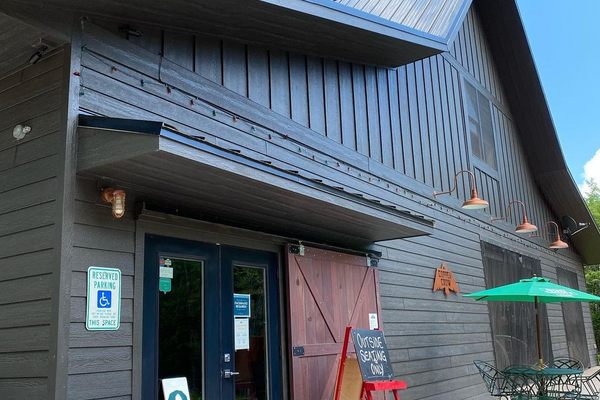
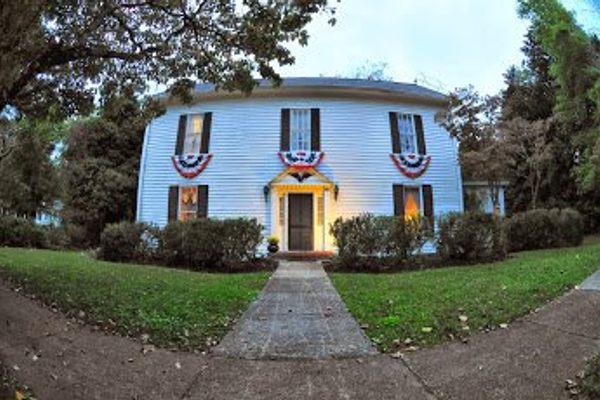











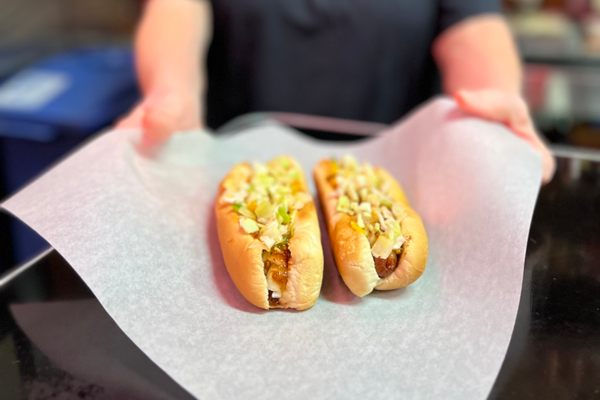


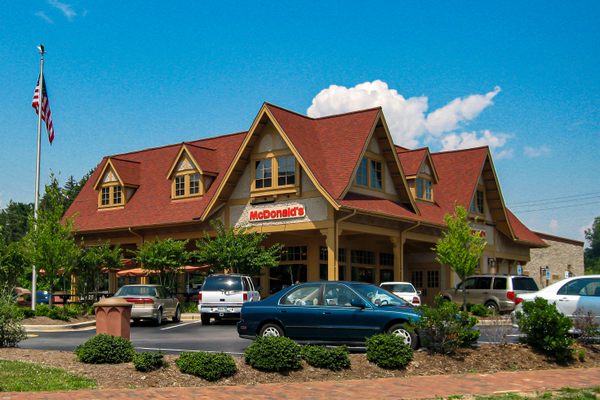



Follow us on Twitter to get the latest on the world's hidden wonders.
Like us on Facebook to get the latest on the world's hidden wonders.
Follow us on Twitter Like us on Facebook